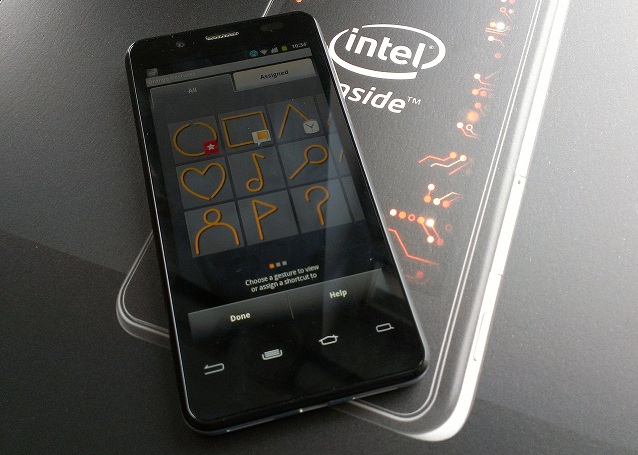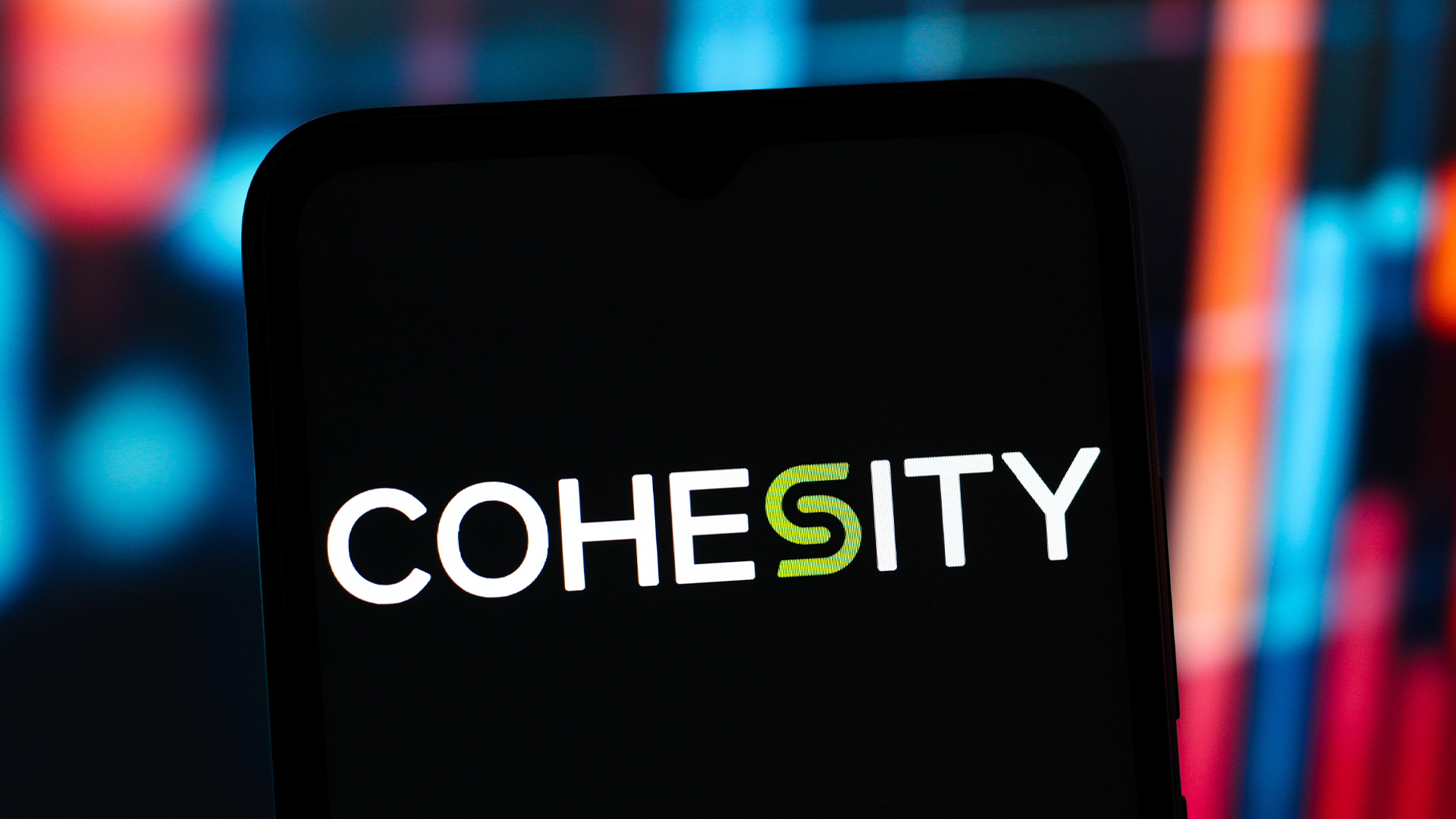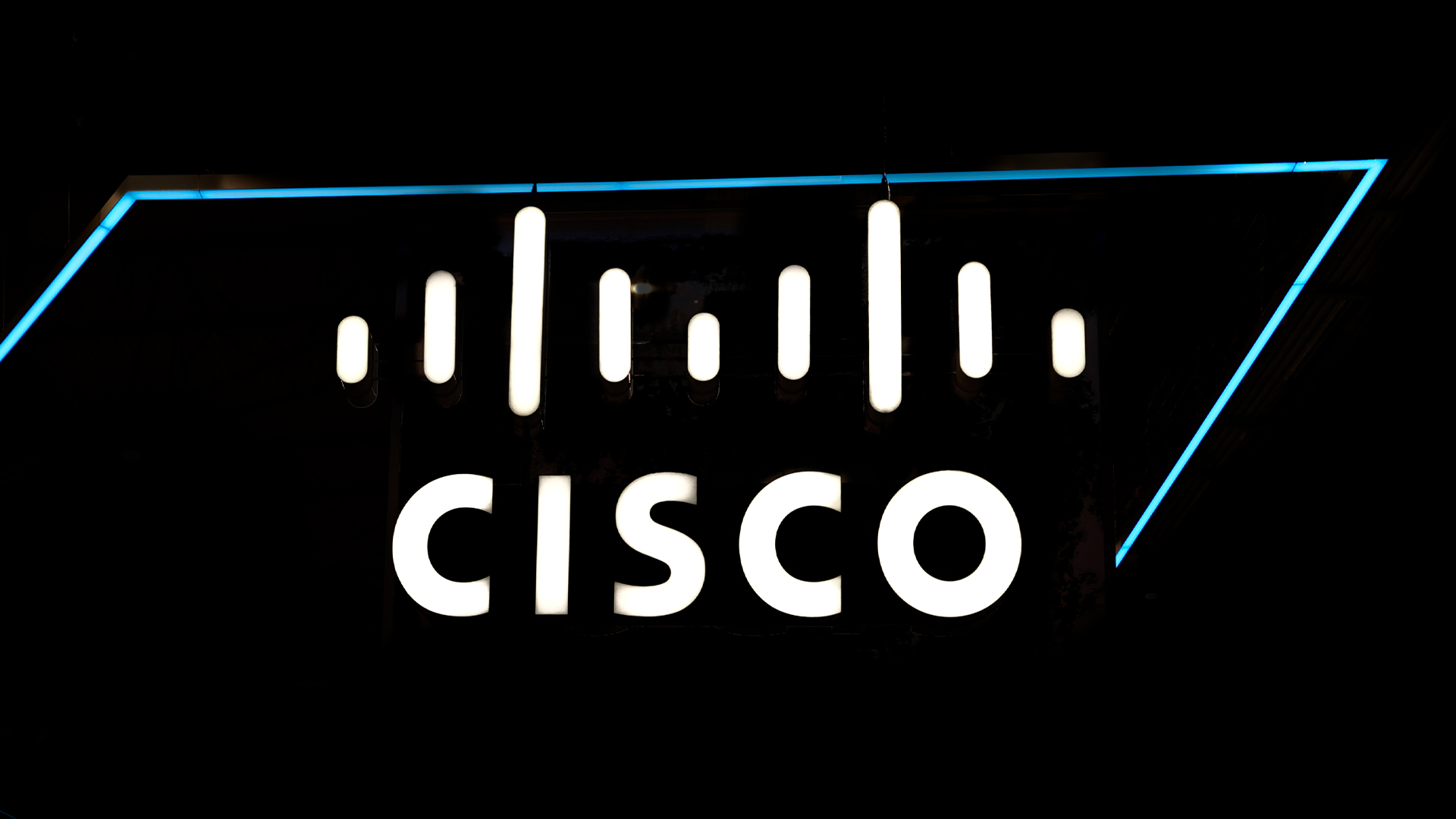Orange San Diego smartphone review
The first European smartphone with “Intel Inside”, the Orange San Diego runs on Android Gingerbread and features a 4in screen, 1.6GHz Medfield chip and 16GB of internal memory, for a SIM-free price of £199.
Intel has delivered a solid product in conjunction with Orange. The high performance is offered at a mid-range price and the battery life is up there with other Android. Even the lack of business apps can be fixed with a quick trip to the Android Market.
Battery
There were concerns about how long the battery in the San Diego would last when compared to ARM-based rivals, but Intel has worked hard to make sure the device is competitive.
Our test involved 12-hour usage, with one task completed each hour starting with a fully charged phone at 8am. The San Diego was set to push notifications, the screen was on full brightness and Wi-Fi was disabled. Under these conditions the San Diego lasted a respectable 11 hours and 10 minutes, just 10 minutes short of the HTC One S.
Of course battery life does depend on how you'll use your phone. As with many other smartphones, any lengthy screen-intensive work will drop the battery level fast. We noticed a swift drop once the 4.03in LCD screen was used to watch a 40 minute episode of a TV programme. However, the test does show that the 1460mAh battery will last a working day.
Business Use
The San Diego is one generation behind other Android devices in terms of the OS. Although the device is capable of providing core business features such as access to corporate email, it ships with just a couple of enterprise apps.
The most useful is the stripped down version of QuickOffice Pro. The light version allows you to view PDFs, but does not allow document, presentation or spreadsheet creation so its inclusion is primarily to entice users to upgrade to the Pro version. There's also a navigation tool in the form of Navigon, which users need to activate through an Orange World account.

Gestures are useful shortcuts and take minimal time to setup
Orange gestures are another unique feature which allow users to open apps by drawing a quick symbol on screen. If you send texts to a particular colleague or relative regularly you can assign a gesture which will launch a message with that person's contact details embedded. To text your boss, you could draw a box on screen, for example.
Sign up today and you will receive a free copy of our Future Focus 2025 report - the leading guidance on AI, cybersecurity and other IT challenges as per 700+ senior executives
All the standard Google apps such as Gmail, which are found on other Android devices are included. This means you will have to download additional business applications from Google Play, but there is good news on that front.
At launch Intel was quoted as saying that 70 per cent of apps on the market would be compatible with the San Diego. However, the firm has since clarified a total of 95 per cent Android apps (70 per cent of Android NDK and 95 per cent of Android Dalvik) are compatible with Intel-based phones. This figure is comparable to other smartphones on the market, and is unlikely to mean you lose out on any major apps.
-
 AI is creating more software flaws – and they're getting worse
AI is creating more software flaws – and they're getting worseNews A CodeRabbit study compared pull requests with AI and without, finding AI is fast but highly error prone
By Nicole Kobie Published
-
 Cohesity deepens Google Cloud alliance in data sovereignty push
Cohesity deepens Google Cloud alliance in data sovereignty pushNews The pair’s expanded collaboration will focus on new integrations for AI, cybersecurity, and data protection
By Daniel Todd Published
-
 Cisco says Chinese hackers are exploiting an unpatched AsyncOS zero-day flaw – here's what we know so far
Cisco says Chinese hackers are exploiting an unpatched AsyncOS zero-day flaw – here's what we know so farNews The zero-day vulnerability affects Cisco's Secure Email Gateway and Secure Email and Web Manager appliances – here's what we know so far.
By Emma Woollacott Published